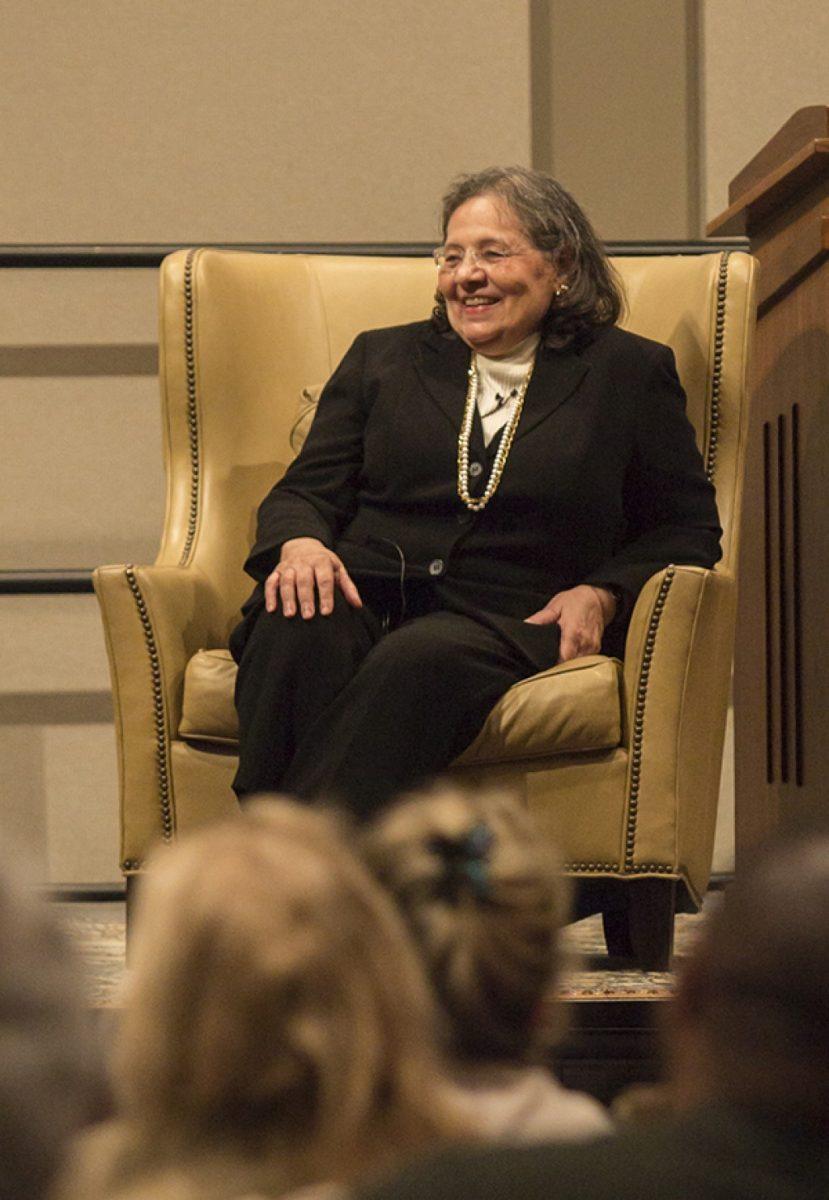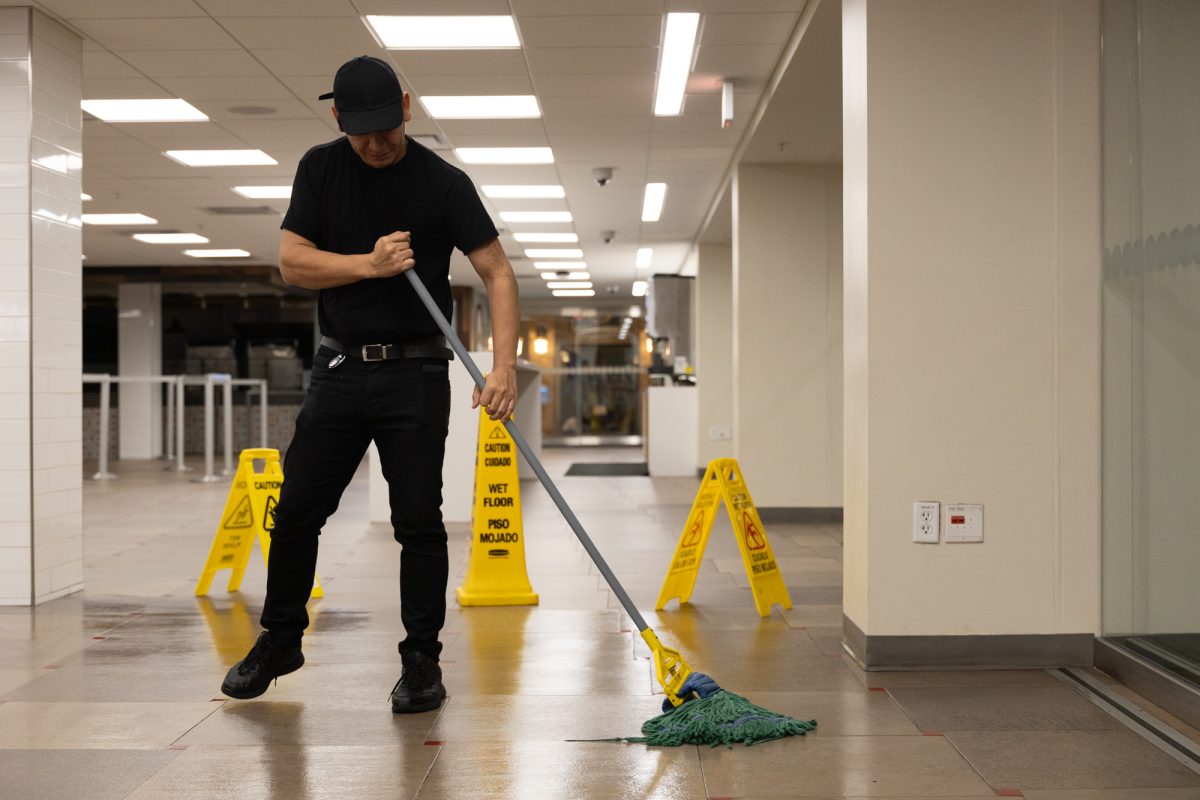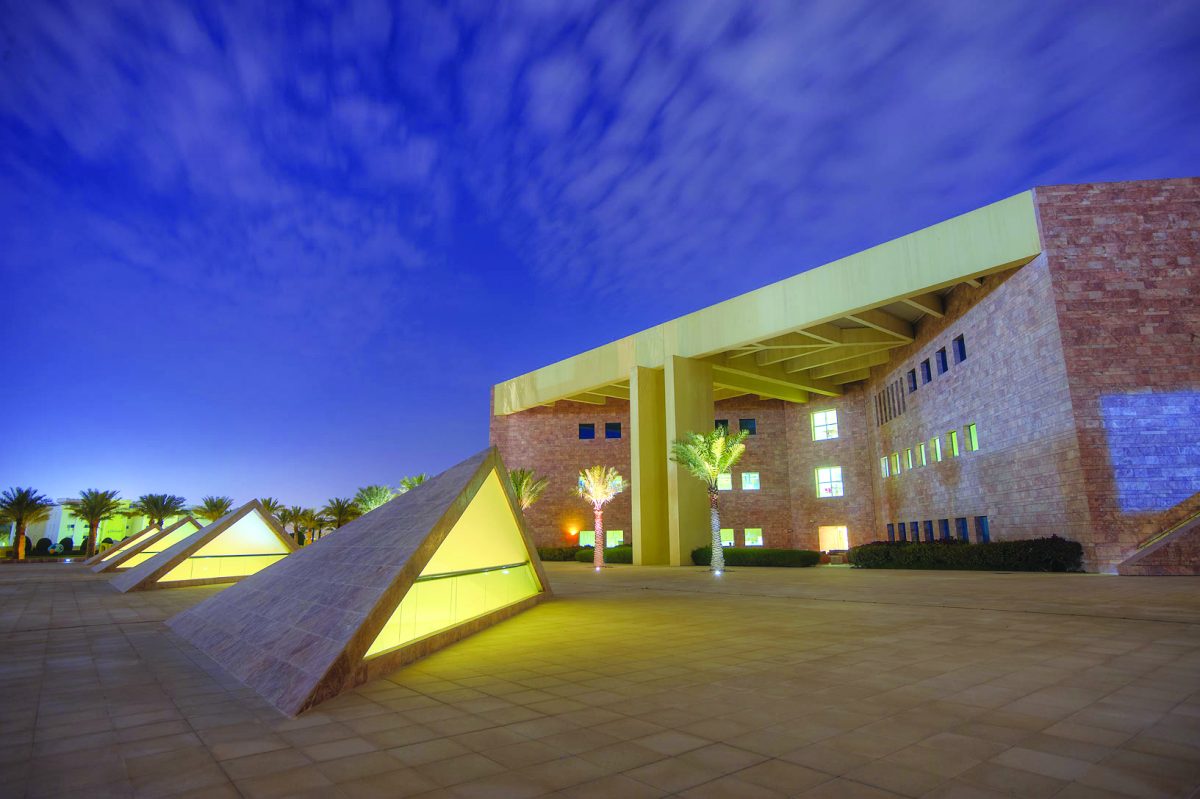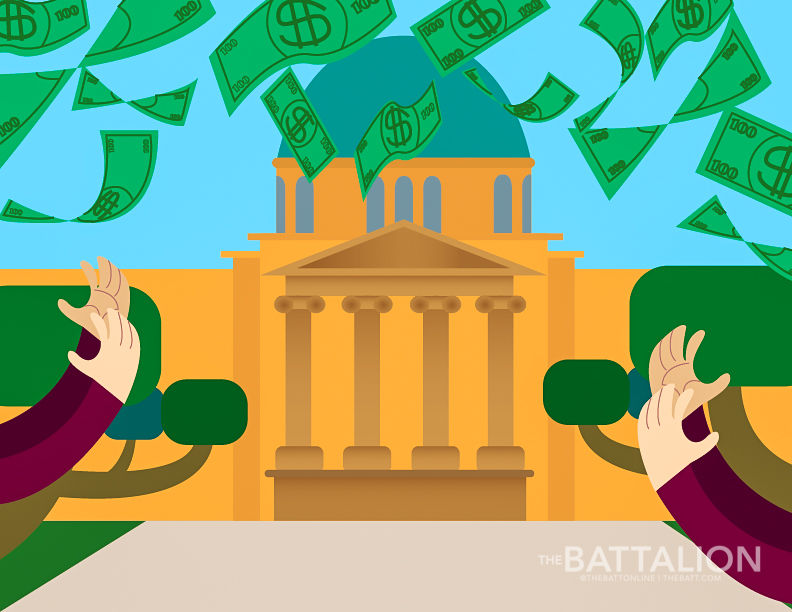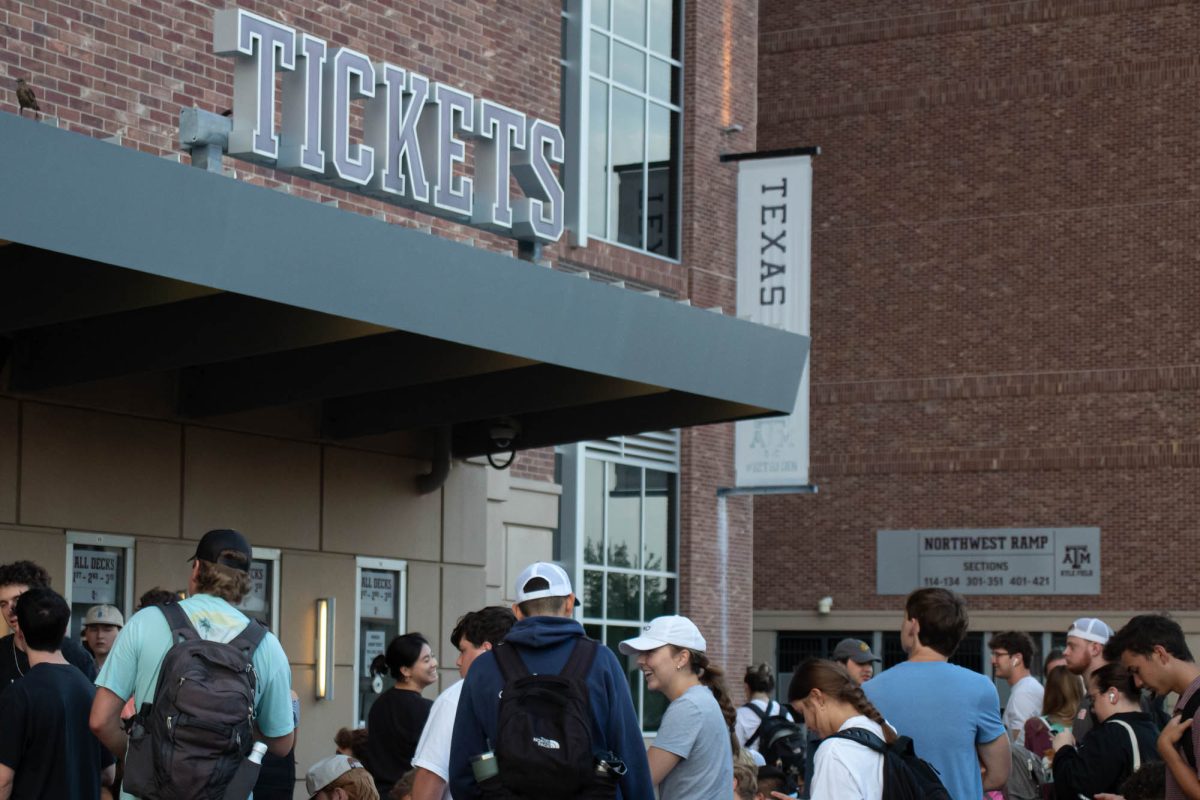Accurately depicting the civil rights movement to younger generations is crucial, stresses 1960s activist Diane Nash.
At the 8th Annual Rev. Dr. Martin Luther King, Jr. Breakfast, she tried to do just that. She spoke about her friendship with Martin Luther King Jr. and the differences between the reality of the civil rights movement and the way it is depicted in popular films such as “Selma.”
Nash, who drew in around 100 to 200 people for the three-hour event Thursday morning, was a founding member of the Student Nonviolent Coordinating Committee and a member of the Freedom Riders.
Nash said King Jr. was a source of inspiration in her life and she came to know him well.
“I can say I have the distinction of having double-dated with Martin Luther King,” Nash said laughing. “My former husband and I accompanied him to Parella in the Bahama Islands.”
Nash also said King Jr. would often get annoyed with her because she pushed him when she didn’t think he was moving fast enough.
“In terms with working with him, I think I used to get on his last nerve,” Nash said. “I would be very outspoken and kind of say, ‘This is what I thought we ought to do.’ … We disagreed vigorously about strategy.”
Still, she said they agreed on the cause and tolerated their disagreements out of mutual respect.
As for her portrayal in “Selma,” Nash said her character was marginalized.
“I think all of the roles of people who played large roles in the Selma project were limited and marginalized except Martin Luther King’s and Lyndon Johnson’s — his was over, overplayed,” Nash said. “You know, it’s really a challenge for people who were not there to put on the screen in about an hour and a half events that took place over a period of months. And I think all in all they did a really good job.”
Nash said she gave some input into the movie, having received a call from Oprah Winfrey, who produces and acts in the film.
“She asked me to read the script several months before they started shooting and made comments about how young people don’t read as much today and that many of them would take the film as history even though it’s not a documentary,” Nash said. “But she said she wanted to get things as accurate as possible.”
Nash said she sent the director and Winfrey a four-and-a-half page list of suggestions to which she later received a call informing her about half would be used.
However, the notion that Lyndon Johnson came up with the idea for the Selma march was a life, Nash said. She recounted how the idea originated with her and her then-husband, James Bevel.
“Now this so-called controversy about Lyndon Johnson and Selma being his idea isn’t really a controversy at all. Number one, it’s a lie. Number two, it’s a propaganda movement,” Nash said.
Nash said Johnson’s part was overplayed to help provide a portrayal of whites that is not violent and hateful.
“We can’t have anything like that get an Academy Award, my goodness,” Nash said sarcastically. “It doesn’t have a white saviour. So we’ll just say it was Lyndon Johnson and that he was a partner with Martin Luther King.”
Nash said people now need to think about the future generation and continue to strive to make society better for them, as she and her peers did in the march from Selma.
“We, my contemporaries and I, had you in mind when we did what we did,” Nash said to the audience. “We knew that if we kept marching a couple blocks ahead, the state troopers were there or perhaps the mob, and that someone was likely to be killed or injured.”
Nash said some people would burst into fearful tears during the 54-mile march from Selma to Montgomery, always to be comforted by a friend.
“I’d see someone put their arm around their shoulder and say, ‘What we’re doing is important,’” Nash said. “‘We’re doing this for generations yet unborn.’”
Jeremiah Sutton, university studies senior, said he thought the speech was inspiring.
“It was really cool to learn about her and the phases of [social change] and the differences between protests and movements,” Sutton said. “I think that the important part was when she talked about how much planning goes into things and how well-planned things usually have a much better response.”
Tom Reber, interim vice president for student affairs, said Texas A&M is charged with shaping the minds and hearts of tomorrow’s leaders.
“What better way to engage faculty, students and staff in learning about the civil rights era than hearing first person accounts of Diane Nash’s involvement with student sit ins in Nashville, Tennessee, the Freedom Rides and the Student Nonviolent Coordinating Committee,” Reber said.
Civil rights activist Diane Nash: ‘Selma’ marginalizes the march’s key players
January 22, 2015
Activist Diane Nash said Thursday she used to get on Martin Luther King Jr.’s “last nerve.”
Shelby Knowles — The Battalion
0
Donate to The Battalion
Your donation will support the student journalists of Texas A&M University - College Station. Your contribution will allow us to purchase equipment and cover our annual website hosting costs.
More to Discover



